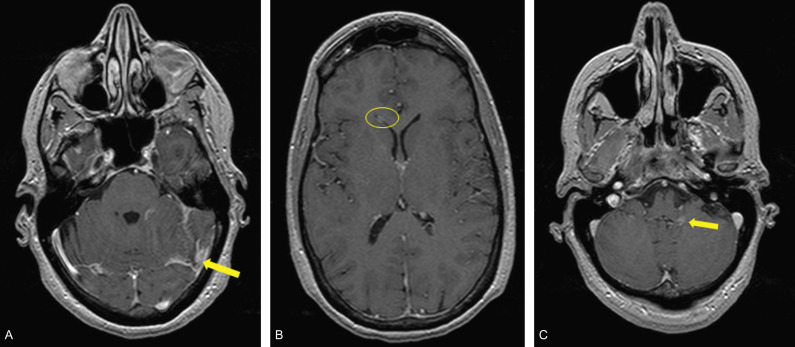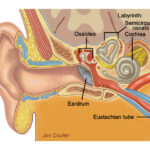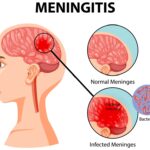Meningeal leukemia, also known as leukemic meningitis or central nervous system (CNS) leukemia, is a severe complication of leukemia where malignant leukemia cells infiltrate the meninges, the protective membranes surrounding the brain and spinal cord. This condition is most commonly associated with acute lymphoblastic leukemia (ALL) and acute myeloid leukemia (AML) but can also occur in chronic leukemia cases.

Causes and Risk Factors
Meningeal leukemia develops when leukemia cells enter the cerebrospinal fluid (CSF) and accumulate in the meninges. Factors that increase the risk include:
- High-risk leukemia subtypes (e.g., ALL, AML)
- Incomplete initial treatment or relapse
- Blood-brain barrier permeability changes
- Bone marrow infiltration
- Previous chemotherapy or radiation therapy
Symptoms of Meningeal Leukemia
The symptoms of meningeal leukemia result from increased pressure and inflammation in the CNS. These include:
- Neurological Symptoms: Headache, dizziness, seizures, vision problems
- Cognitive Impairments: Memory loss, confusion, personality changes
- Motor Dysfunction: Weakness, difficulty walking, balance issues
- Sensory Issues: Tingling, numbness in extremities
- Other Symptoms: Nausea, vomiting, fever
Diagnosis of Meningeal Leukemia
Timely diagnosis is crucial for effective treatment. The following tests are commonly used:
- Lumbar Puncture (Spinal Tap): Extracts cerebrospinal fluid for analysis of leukemia cells
- Cytology and Flow Cytometry: Detects and classifies leukemia cells in CSF
- MRI and CT Scans: Identifies CNS abnormalities and meningeal enhancement
- Blood Tests: Evaluates leukemia progression and white blood cell count
Treatment Options for Meningeal Leukemia
The treatment approach for meningeal leukemia involves aggressive management through chemotherapy, targeted therapy, and supportive care.
1. Intrathecal Chemotherapy
- Administered directly into the CSF via a lumbar puncture
- Common drugs: Methotrexate, Cytarabine, Hydrocortisone
2. Systemic Chemotherapy
- High-dose intravenous chemotherapy to target leukemia cells
- Used alongside intrathecal treatment
3. Radiation Therapy
- Craniospinal irradiation may be used for severe cases
- Helps eliminate residual leukemia cells in the CNS
4. Targeted Therapy and Immunotherapy
- Tyrosine kinase inhibitors (TKIs) for specific leukemia subtypes
- CAR-T cell therapy under clinical trials for CNS leukemia
5. Supportive Care
- Corticosteroids to reduce inflammation
- Anticonvulsants for seizure management
- Pain relief and rehabilitation therapy
Prognosis and Outlook
Meningeal leukemia has a significant impact on overall leukemia prognosis. Early detection and aggressive treatment improve survival rates. Factors influencing prognosis include:
- Type of leukemia and its response to treatment
- Age and general health of the patient
- Extent of CNS involvement
- Effectiveness of intrathecal chemotherapy
Meningeal leukemia is a life-threatening complication requiring prompt diagnosis and treatment. Advances in intrathecal chemotherapy, radiation therapy, and targeted treatments have improved survival rates. Patients with leukemia should undergo regular CNS screenings to detect and manage meningeal infiltration early.

